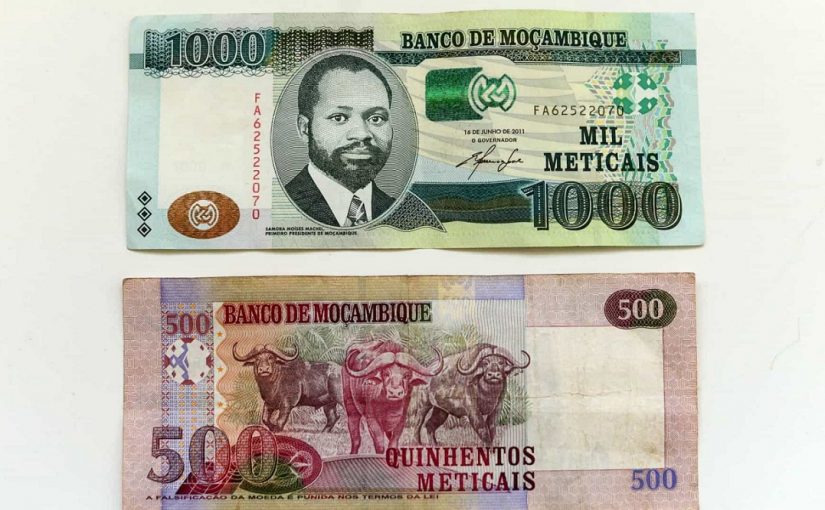Trade and industry in spotlight as Mozambique strengthens cooperation with China
Mozambique: Public debt slows but remains unsustainable – Government

File photo: Lusa
The Mozambican government said it slowed the pace of indebtedness in 2020, but the adverse environment of Covid-19 and regularisation of payments keeps debt unsustainable, reads the annual report from the Ministry of Economy and Finance.
Covid-19 and payment of other obligations mean that the public debt portfolio remains under the classification of over-indebtedness and substantially exposed to solvency and liquidity risks, it said.
The document for 2020 was released on Thursday on the portal of the Ministry of Economy and Finance and consulted today by Lusa.
“The maturity profile of Mozambique’s debt points to an increase in servicing obligations in the coming years, which may worsen the risks on the portfolio,” the government said.
The report thus outlines the rules that should be followed: limit new loans, focus on donations and promote fiscal consolidation already underway in Mozambique.
The stock of public debt, excluding guarantees, recorded an increase of 4.7% over 2019, standing at $12.97 billion (€10.61 billion), of which $10.15 billion (78%) in external debt and $2.82 billion (22%) in domestic debt.
External debt grew by 3%, which is below the average of 4% in recent years, the report notes, while domestic debt rose by 11%, half the average pace of 22%.
The financial movements that contributed most to the increase in public debt in 2020 were the disbursement by the International Monetary Fund (IMF) of a $308.9 million (€252.77 million) loan (at zero rates) under the impact of Covid-19 and an increase in domestic financing by about 47% through Treasury bills and bonds.
Three-quarters of the external debt stock is in the hands of six creditors.
Mozambique’s biggest creditor is the World Bank via the International Development Association (IDA) with 29% of the portfolio, followed by China with 19%, the African Development Bank (ADB) via its fund with 9%, the holders of Eurobonds Mozam 2032 (derived from the so-called ‘hidden debts’) with 9%, Portugal with 5% and Japan with 4%.
Adding up the guarantees (which include those contested in court in the context of the hidden debts), public debt ended 2020 at $16 billion (€13 billion), 2% less than in 2019.
However, total debt and guarantees represent 115% of gross domestic product (GDP), while in 2019 it represented 104%, a worsening through the contraction of the economy by 1.3%.












Leave a Reply
Be the First to Comment!
You must be logged in to post a comment.
You must be logged in to post a comment.